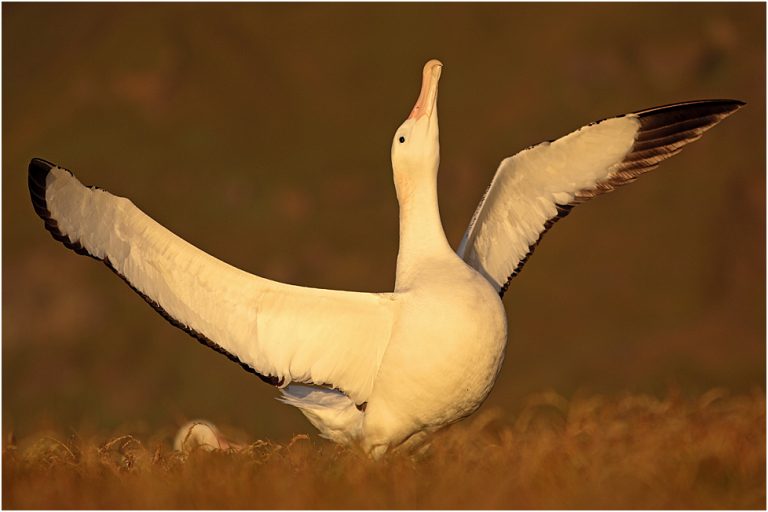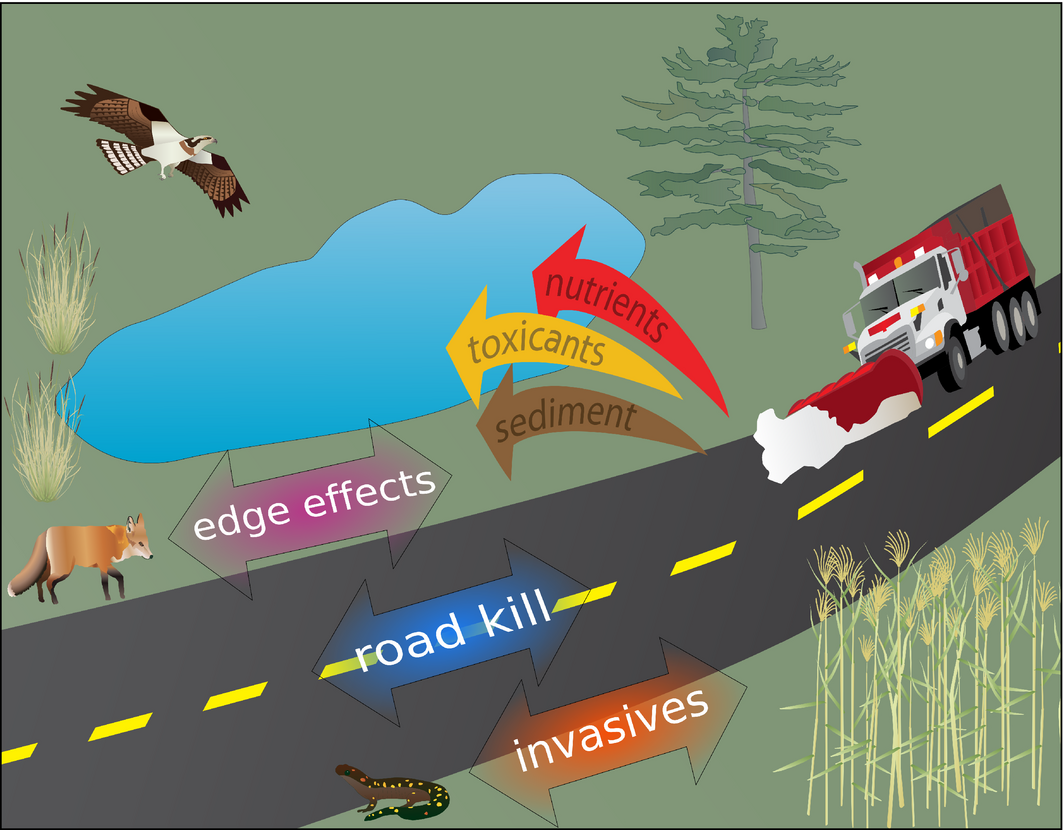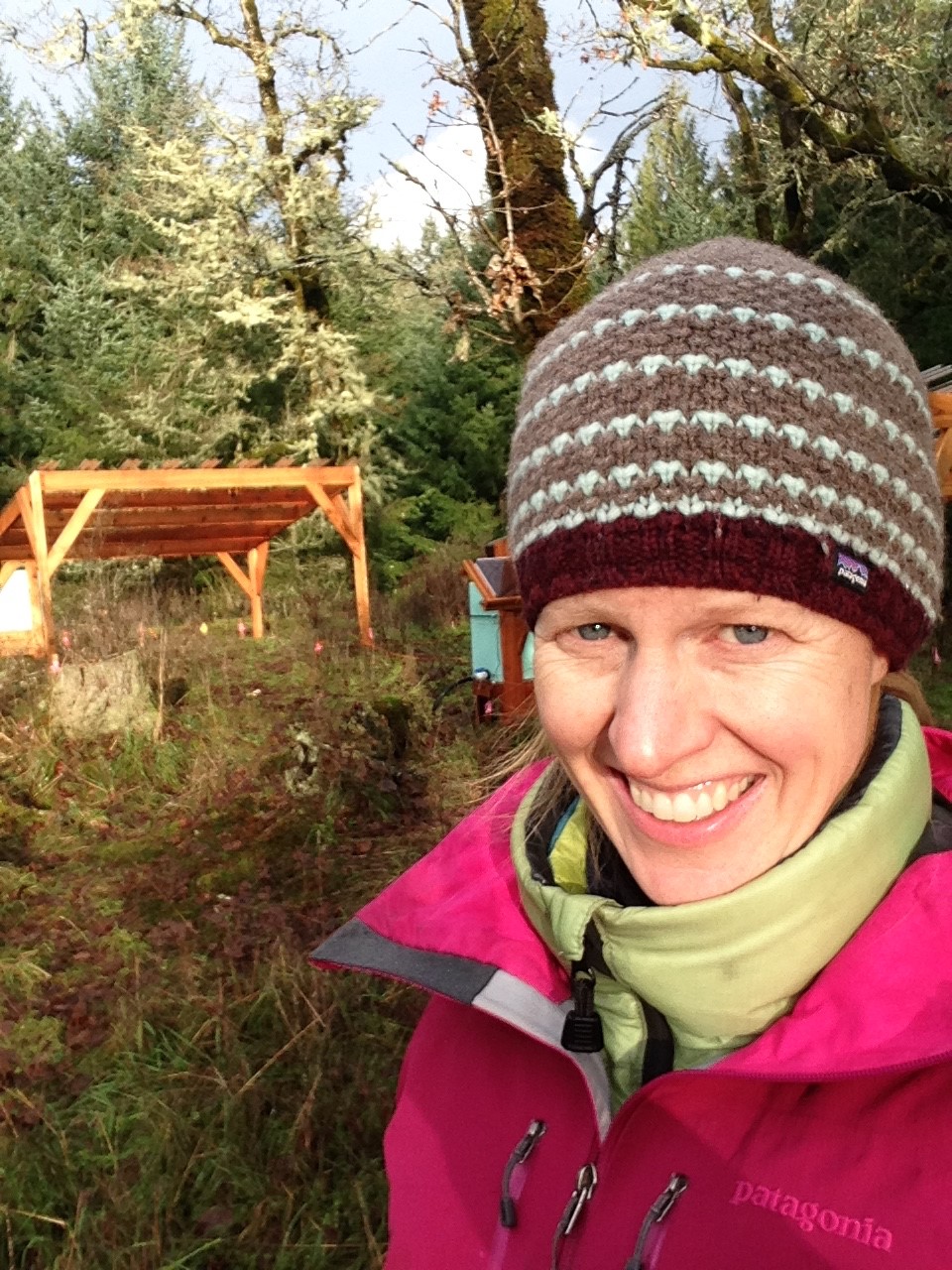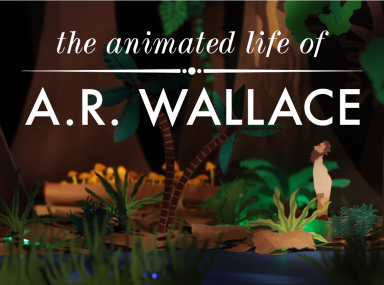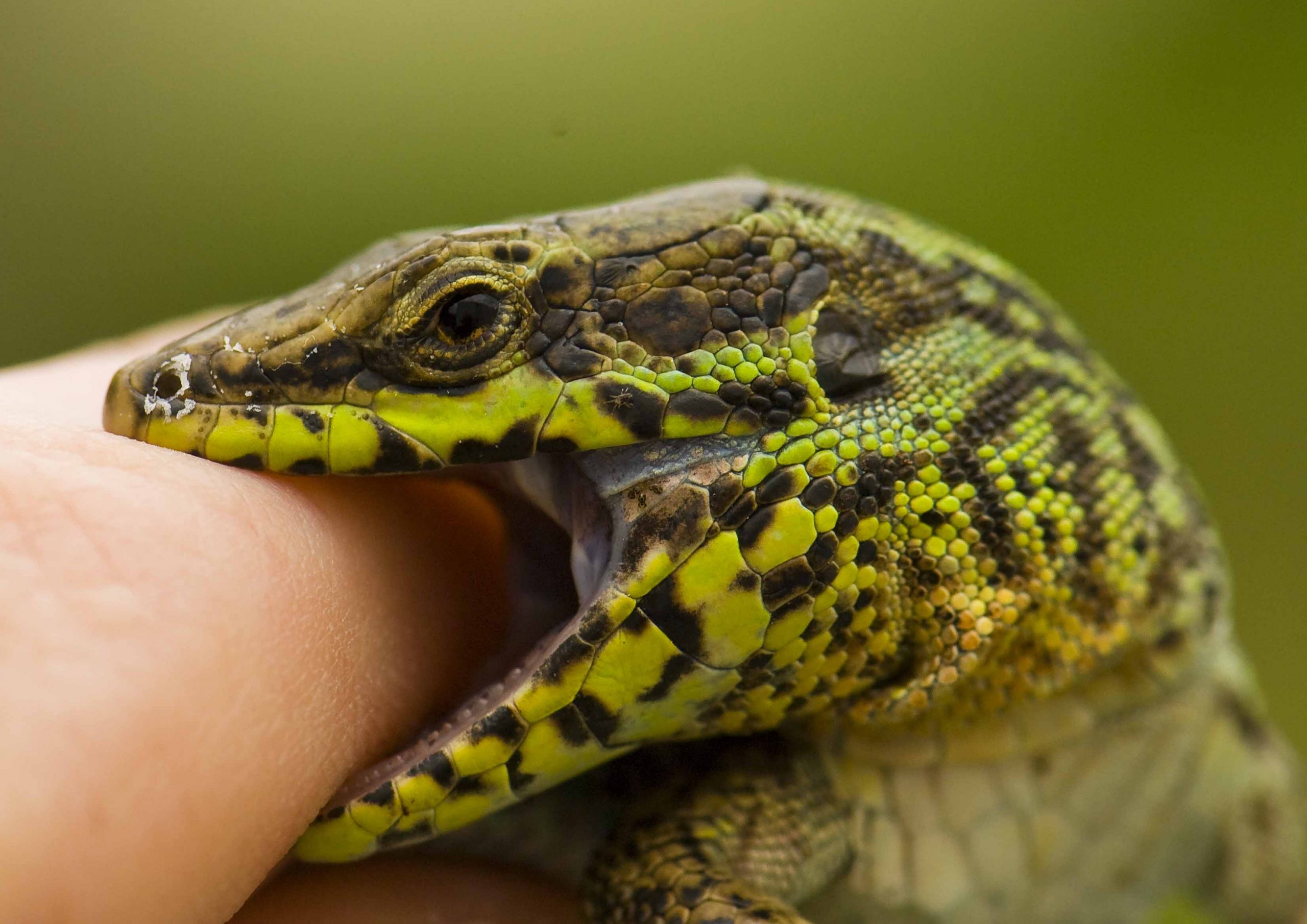
Bite force: why islanders become giants among lizards
Species evolve quickly on islands. These “natural laboratories” often offer freedom from predators and competitors, isolation, and new foods and resources. Animals on islands tend to be larger or smaller than their mainland relatives. First described by Foster in 1963, this pattern is so striking that it was dubbed “the island rule” by Leigh van Valen ten years later. Many…
